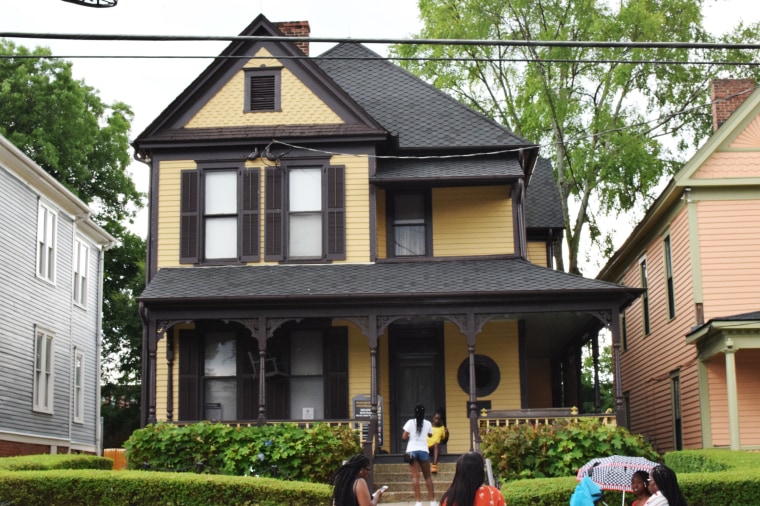Nashville attracts countless tourists with its renown hot chicken dish and whiskey distilleries, along with the country, blues and jazz music scenes heavily influenced by Black traditions.
Yet a short walk from the state Capitol stands a site that honors the people who fought for desegregation at the city’s lunch counters in 1960, which included local student leaders such as John Lewis, C.T. Vivian and Diane Nash. The Witness Walls, a public art installation dedicated in 2017, doesn’t highlight specific people, yet it commemorates the many meetings, marches, sit-ins and the confrontation of Mayor Ben West outside City Hall, all of which gave way to historic changes.
It's one stop along a national route filled with public, everyday spaces deeply rooted in Black history.
"Moon U.S. Civil Rights Trail," written by award-winning journalist and professor Deborah D. Douglas, opens up an opportunity for direct interaction with Black communities, landmarks, cultural staples and many overlooked yet significant locations in the history of the civil rights movement of the 1950s and '60s.
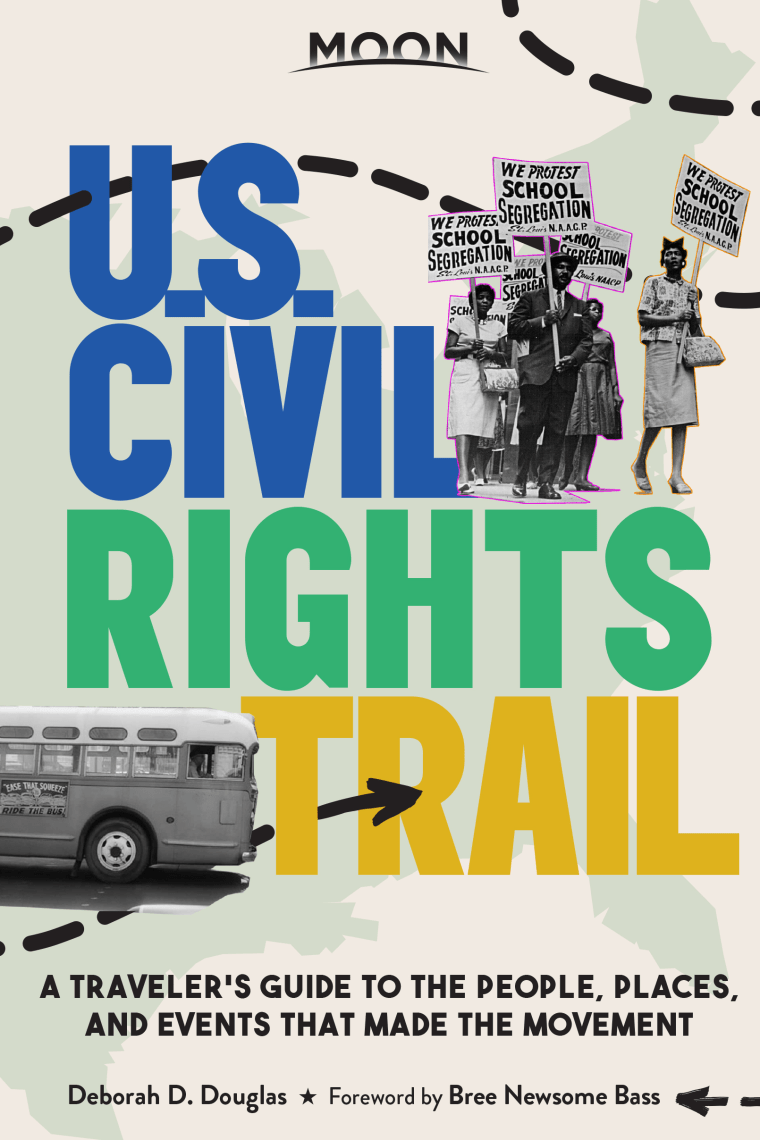
Even with the realities of Covid-19, the guide allows for potential travel after it becomes safer, with many outdoor stops that could be visited while properly using physical distancing as a mitigation strategy. Beyond being a tourism aid, Douglas' offering via Moon, a travel guidebook publisher, also incorporates vital history lessons, puts the many sites of resistance into the context of the broader civil rights movement, and connects them with the current Movement for Black Lives.
"With regard to the civil rights struggle, we have this overarching view. We know who the stars were. Everybody can talk about Dr. King, and people know who Rosa Parks is, but they don't really get a sense of how grand [the civil rights movement] was and the depth of involvement and planning" happening on local levels throughout the country, Douglas said, noting that each city has its own narrative arc as part of a national reckoning.
"Because we don't elevate Black history beyond Black History Month, because we don't elevate Black history to a level of study and discourse to understand the nuances of it at this level," Douglas added, "I don't think a lot of us really understand the entirety of what was going on."

The book is inspired by the newly formed U.S. Civil Rights Trail, which was established in 2018. Jonathan Jarvis, the National Park Service’s director during the Obama administration, encouraged the conceptualization of the trail. Georgia State University amassed a list of 60 surviving landmarks where major events of the civil rights movement took place.
Sites along the trail include Fisk University, a historically Black institution in Nashville, Tennessee; the F.W. Woolworth Building in Greensboro, North Carolina, where sit-ins to desegregate lunch counters sent ripples across the country; and the Little Rock Nine Memorial at the Arkansas state Capitol, which commemorates racial integration in schools.
According to the trail's official website, tourism directors in Southern states identified 40 more secondary sites. The primary and secondary stops run from as far northwest as Topeka, Kansas, the site of the school district at the center of the Supreme Court's landmark school desegregation ruling, and as far southeast as Sarasota, Florida, where activists rallied to end racial segregation at beaches.
"Moon U.S. Civil Rights Trail" focuses on 16 major cities filled with sites representing successful resistance to racial oppression, such as Selma, Alabama; Charleston, South Carolina; and Washington, D.C. At the same time, it reminds readers that joy and levity were also part of movement history, with Black creativity swaying hips, minds and taste buds alike.
Douglas, who was born in Chicago as a child of the Great Migration, experienced a full-circle moment while crafting the book. Many formative periods during her media career and education have been shaped in Black communities across the country, including Detroit; Memphis, Tennessee; and Jackson, Mississippi. Traveling to assemble the itineraries took her back to childhood road trips down south via I-57, with blues legends like B.B. King playing as a highway soundtrack.
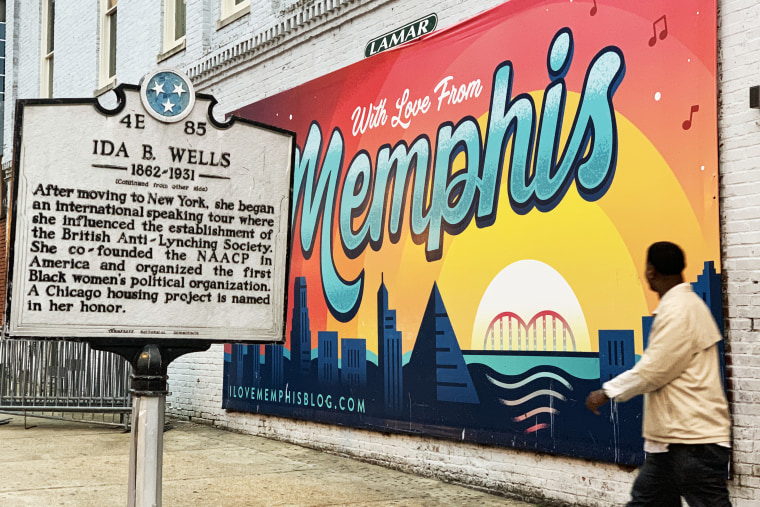
From her experiences through the years, Douglas understands the importance of framing Black history with the reverence and respect it deserves.
"Often, tourism departments or institutions do not curate Black stories and Black spaces for cultural narration. When you get the brochures and use the map for whichever city or state you're in, you tend not to see our community conceptualized in this way," Douglas said.
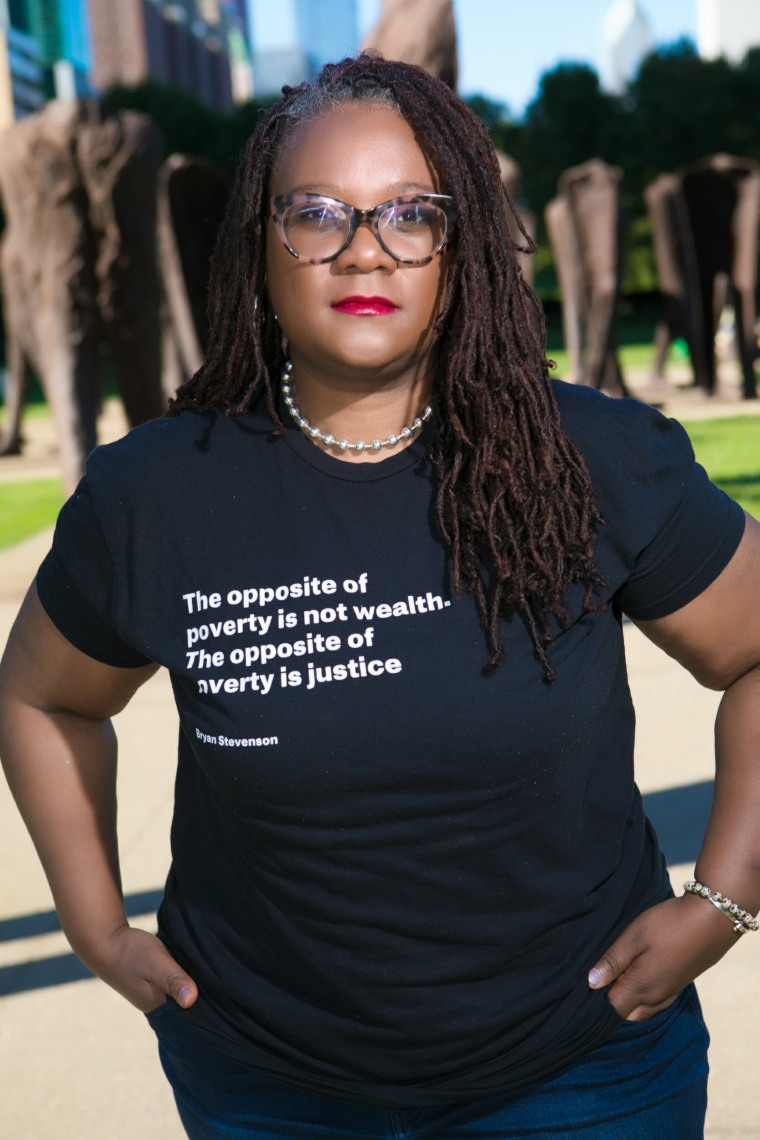
She highlighted how the Chicago home of Emmett Till's mother, Mamie Till Mobley, recently became a landmark and will soon become an international pilgrimage site. Emmett was 14 when he was lynched in 1955 for allegedly whistling at a white woman. The sheer brutality of the murder ignited the movement and was displayed to the world when his mother decided on an open-casket funeral. Till Mobley, who lived in the house until 1962, died in 2003. Her home still stands in Woodlawn, a neighborhood where everyday people live and work.
"We have a lot of contextualized stories in our community," Douglas said.
Throughout "Moon U.S. Civil Rights Trail," Douglas shows readers how they can, in the words of Issa Rae, "root for everybody Black" by patronizing Black-owned businesses online, even if they aren't able to travel in the near future. She also spotlights several chocolatiers, bookstores, furnishers, clothing stores and other retailers selling quality products with the added benefit of supporting Black wealth in the cities along the trail.
The decision to spotlight Black businesses reflects Douglas' ethic for responsibly engaging with communities while traveling, especially during trips tied to learning about people at society's margins. She believes travelers should show their regards by leaving places better than when they came, and part of that comes from their spending choices.
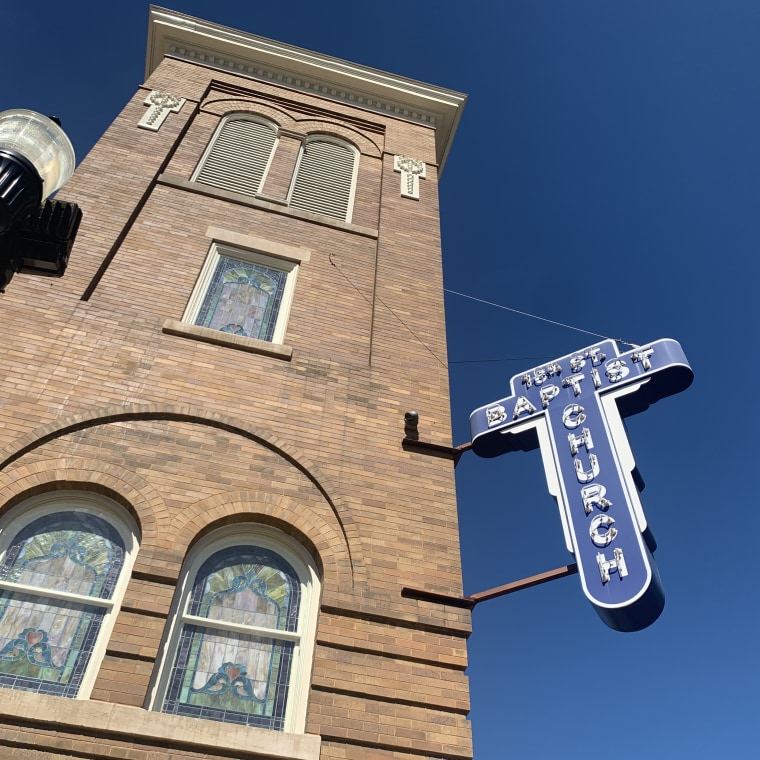
"The story of the civil rights movement is about self-determination, and what greater example of self-determination can you find than working people purposing themselves to take the risk of starting a business and keeping it going?" said Douglas, who said self-determination is also reflected in institutions like historically Black colleges and universities and Black churches. "Black businesses are an institution worthy of our investment."
"Moon U.S. Civil Rights Trail" is a book for everybody, Douglas said, yet she chose not to craft the guide with the white gaze in mind to seamlessly demonstrate a level of authenticity that fully represents the Black experience.
"The book needed to look and feel like us, because if it rings true to us, it'll ring true to other people. I didn't write this apology, either, and I did not write with white comfort in mind. I just wrote with truth in mind, framing it from the perspective of the people who took the most risks in the movement," she said.
"I wrote the book in an authoritative yet conversational way, because I wanted it to be accessible and digestible — and to be a go-to. It's not the kind of book that you just read one time and put it down. It's the kind of book you can go back to again and again and again."
